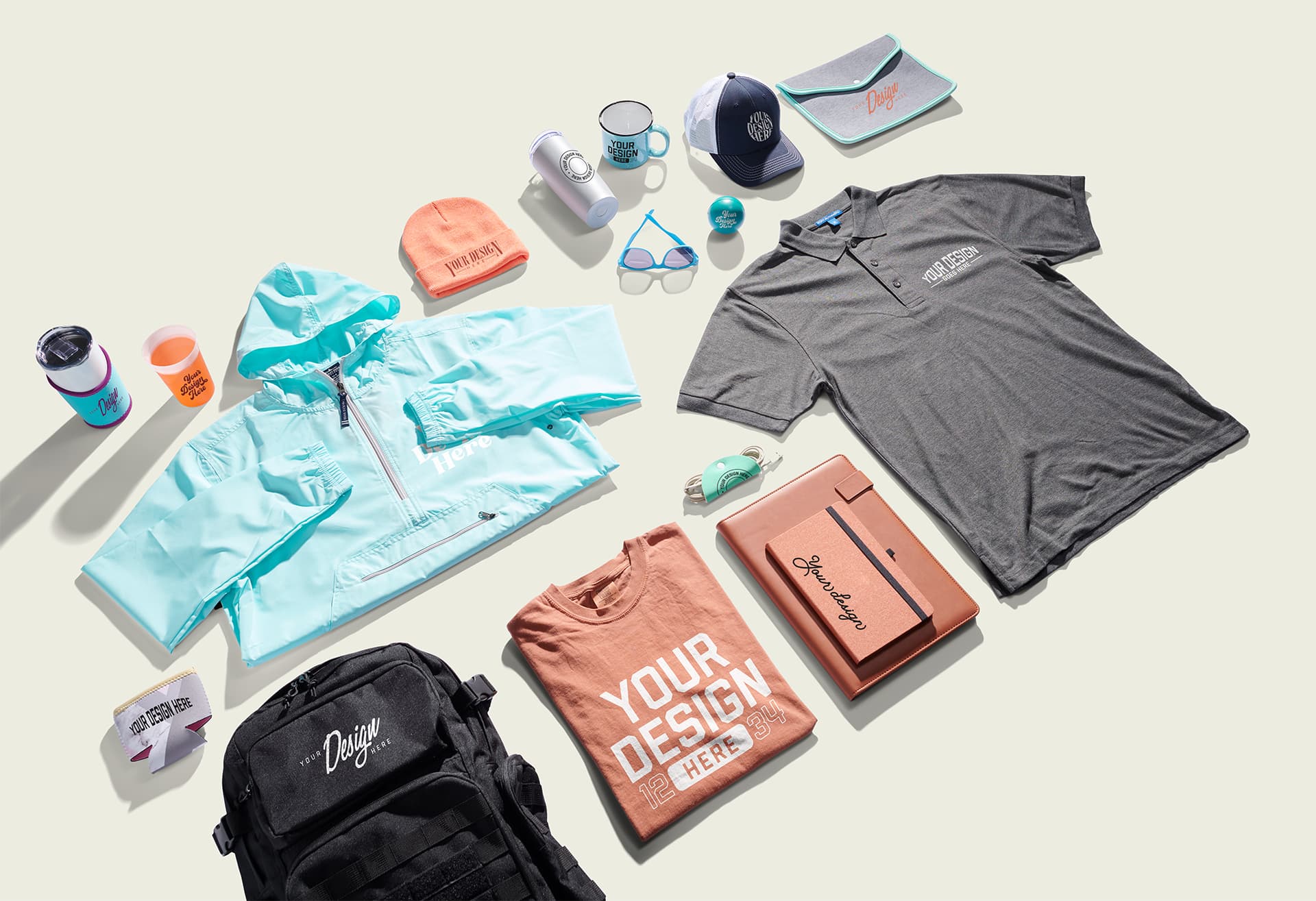Introduction
When it comes to custom school merchandise, the design is only half the battle—choosing the right printing method is what brings that design to life and ensures it stands the test of time. Schools, whether for fundraisers, sports events, or spirit wear, rely on these products to maintain their branding, promote unity, and encourage school pride. From apparel and notebooks to drinkware and pens, each type of product requires a specific printing method to maximize quality and longevity.
In this guide, we’ll break down the best printing methods for different types of custom school merchandise, helping you understand which approach works best for the items you want to create.
1. Screen Printing: A Staple for Apparel
Screen printing has been a favorite in the custom apparel industry for decades—and for good reason. It’s durable, cost-effective, and produces vibrant, high-quality results, especially for bulk orders. When schools need to print custom T-shirts for students or staff, screen printing is the go-to method.
For items like the Kids Short Sleeve T-shirt or the Tracksuit, screen printing ensures that the school’s logo or mascot is prominently displayed, maintaining sharp colors that resist fading. The process involves pushing ink through a stencil (or screen) onto the fabric. Each color requires a separate screen, making it ideal for simple, bold designs like school logos or slogans.
Key benefits include:
- Durability: Can withstand countless washes without fading.
- Vibrant colors: Perfect for bold, eye-catching designs.
- Cost-effective: Ideal for large quantities, keeping costs per item low.
However, screen printing is less effective for small orders or designs with intricate details, as it requires setup for each color, which can drive up the cost for more complex projects.
2. Embroidery: Adding a Professional Touch
Embroidery is the ultimate choice for a high-end, long-lasting finish on more premium school merchandise items. Products like the Promotional Backpacks and the Duo Pen lend themselves well to embroidery, which involves stitching the design directly onto the product.
Embroidery creates a textured, professional appearance that looks and feels luxurious. It’s often used for school uniforms, sports team gear, and branded accessories like caps and bags. This method excels at adding depth to logos or text, and because it uses thread, the design won’t wear off like printed ink might.
Advantages of embroidery include:
- Longevity: The stitched design will last as long as the fabric.
- Professional appearance: Elevates the product’s overall quality.
- Multiple surfaces: Works well on thicker fabrics or items like bags and hats.
That said, embroidery can be limited by the complexity of the design—it’s best suited for simple logos or text, as highly detailed images might not translate well into thread. It’s also more expensive than screen printing, making it less ideal for bulk orders of intricate designs.
3. Sublimation Printing: Perfect for Full-Color Designs
Sublimation printing is a newer technology, ideal for items that require full-color, intricate designs across their entire surface. Unlike other printing methods that add ink on top of the material, sublimation printing actually infuses the ink into the fabric or item, creating a design that won’t crack, peel, or fade.
This technique is perfect for items like the Stainless Steel Bottle and Spiral Notebook, where vibrant, high-resolution designs can cover the entire product. Sublimation is especially popular for merchandise like team jerseys, spirit wear, and accessories because of its ability to produce colorful, all-over prints.
Key advantages include:
- Full-color designs: Perfect for intricate, multicolored designs or photographs.
- Durability: Designs won’t crack, peel, or fade over time.
- Seamless printing: The design covers the entire product without gaps.
While sublimation is perfect for hard surfaces and polyester fabrics, it’s not suitable for natural materials like cotton. Additionally, it’s more expensive than screen printing, making it less ideal for simple, bulk designs.
4. UV Printing for Hard Surfaces
For non-fabric items like the Rhule Softcover A5 Notebook and Kiddie Case Pouch, UV printing offers a cutting-edge solution. This method involves using ultraviolet light to cure the ink directly onto the surface of the product, resulting in a smooth, glossy, high-quality finish. UV printing is perfect for school items that need to withstand daily use, such as notebooks, pens, and bottles.
UV printing’s advantages include:
- High-quality finish: Provides a professional, glossy look.
- Versatile application: Can print on a variety of surfaces including plastic, metal, and wood.
- Durability: The design is scratch-resistant and won’t fade over time.
Because UV printing offers detailed, photo-quality designs, it’s perfect for smaller, hard-surface items like pens, bottles, and notebooks. It’s a great option for schools looking to create a cohesive look across multiple types of merchandise.
Conclusion
The success of your custom school merchandise relies on more than just great designs—it’s about choosing the right printing method to bring those designs to life. Whether you’re creating T-shirts, notebooks, or backpacks, understanding the strengths and limitations of each printing method will help you produce durable, high-quality items that students, staff, and parents will love. By selecting the right technique, you ensure your merchandise not only looks great but stands the test of time, enhancing school spirit and promoting your brand for years to come.


